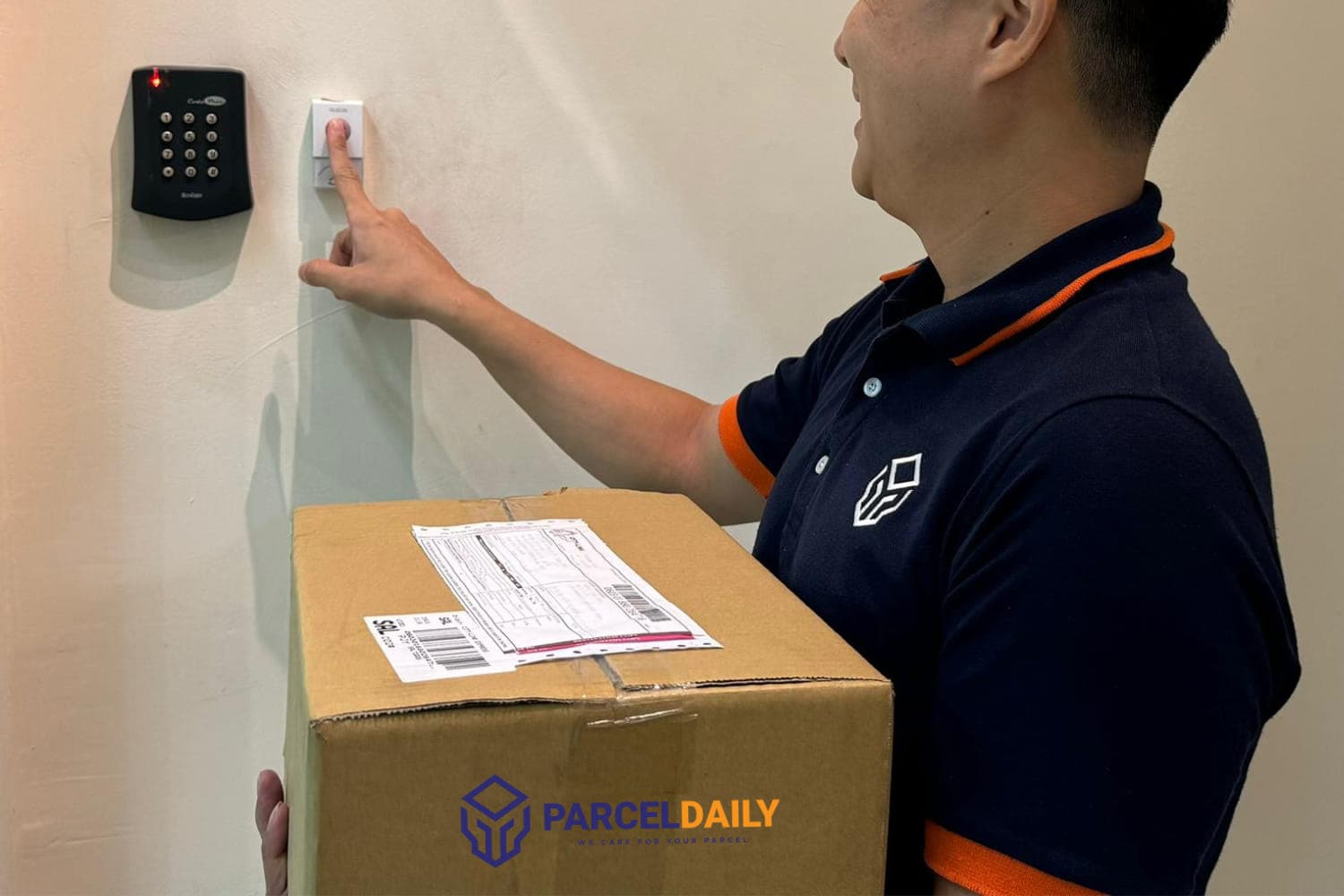What is logistics? It’s more than just moving goods from Point A to Point B. Logistics is the backbone of efficient commerce, encompassing the entire journey of a product—from supplier to warehouse, to the hands of the customer.
In today’s hyper-connected and demand-driven market, logistics determines whether a business survives or thrives. From inventory control and order fulfillment to transportation and returns, mastering logistics unlocks faster delivery, lower costs, and better customer satisfaction.
If you’re selling a product, delivering a service, or managing supply chains—logistics is your silent growth engine.
Table of Contents
1. What is Logistics? A Simple Definition
At its core, logistics refers to the planning, execution, and management of the flow of goods, services, and information from the point of origin to the point of consumption.
It includes:
- Procurement
- Transportation
- Warehousing
- Inventory control
- Fulfillment
- Reverse logistics (returns)
In simple terms: It’s how the right product reaches the right customer, at the right time, in the right condition, and at the right cost.
2. Why Logistics Matters in 2025
E-commerce is booming. Consumer expectations are rising. Margins are shrinking.
If your logistics can’t keep up, your competitors will. In 2025, logistics is no longer a backend function—it’s a frontline business strategy.
Here’s Why:
- 73% of shoppers expect fast, affordable delivery
- 85% of businesses say logistics affects customer loyalty
- Poor logistics = high returns, delays, and negative reviews
Your delivery experience is your brand. The smoother the logistics, the stronger the business.
3. Core Logistics Processes Explained
a. Procurement Logistics
Involves sourcing raw materials or products, negotiating with suppliers, and ensuring timely inbound deliveries.
b. Inventory Management
Managing stock levels, SKUs, reorder points, and warehouse replenishment. Poor inventory = stockouts or dead stock.
c. Transportation
Choosing the right carriers, optimizing routes, managing costs, and tracking shipments.
d. Warehousing and Fulfillment
Storing, picking, packing, and preparing goods for final delivery.
e. Last-Mile Delivery
The most critical stage—delivering to the customer’s doorstep efficiently and reliably.
f. Returns and Reverse Logistics
Handling product returns, exchanges, and restocking. A huge cost center if mismanaged.
4. Types of Logistics
Understanding the types of logistics helps businesses choose the right model based on their operations.
a. Inbound Logistics
Deals with the receipt of goods/materials from suppliers.
b. Outbound Logistics
Focuses on the delivery of goods to customers or distributors.
c. Third-Party Logistics (3PL)
Outsourcing logistics tasks to specialist companies (e.g., warehousing, shipping).
d. Fourth-Party Logistics (4PL)
Managing entire supply chains through strategic coordination of multiple 3PLs.
e. Reverse Logistics
Handling product returns, recycling, and disposal.
5. Key Benefits of Logistics
✅ Cost Savings
Well-optimized logistics reduce transportation, storage, and labor costs.
✅ Faster Delivery
Efficient routing and fulfillment speed up the customer experience.
✅ Inventory Accuracy
Proper logistics systems reduce overstocking and understocking.
✅ Higher Customer Satisfaction
Fewer delays and accurate orders boost brand loyalty.
✅ Scalability
Robust logistics enable smooth business growth, even during demand spikes.
6. Real-World Examples of Logistics in Action
Example 1: Shopee
Shopee integrates warehousing, fleet partners, and automated sorting hubs to deliver millions of parcels daily across Southeast Asia.
Example 2: Amazon
Amazon uses predictive analytics and distributed warehouses to fulfill same-day delivery for Prime members.
Example 3: ParcelDaily (Malaysia)
ParcelDaily streamlines courier management by offering price comparisons, automated order creation, and COD support for online sellers.
7. How to Improve Your Logistics (Actionable Tips)
✅ Use Courier Aggregators like ParcelDaily or EasyParcel to lower shipping rates and automate delivery
✅ Invest in Inventory Software to sync sales and warehouse data
✅ Outsource Fulfillment if you’re scaling too fast to handle logistics in-house
✅ Track KPIs such as order accuracy, delivery speed, and cost per order
✅ Map Customer Demand and place inventory closer to high-demand areas
Remember: Logistics isn’t a set-and-forget process. It’s a system that evolves with your customer needs and business growth.
8. Final Thoughts: Logistics as a Competitive Edge
So, what is logistics?
It’s more than trucks and tracking numbers—it’s a critical, strategic system that fuels business performance.
Whether you’re an e-commerce founder, supply chain manager, or service-based entrepreneur, investing in your logistics is the key to lower costs, better customer experiences, and sustainable growth.
Businesses that treat logistics as a revenue driver—not just a cost center—will be the ones that thrive in 2025 and beyond.




